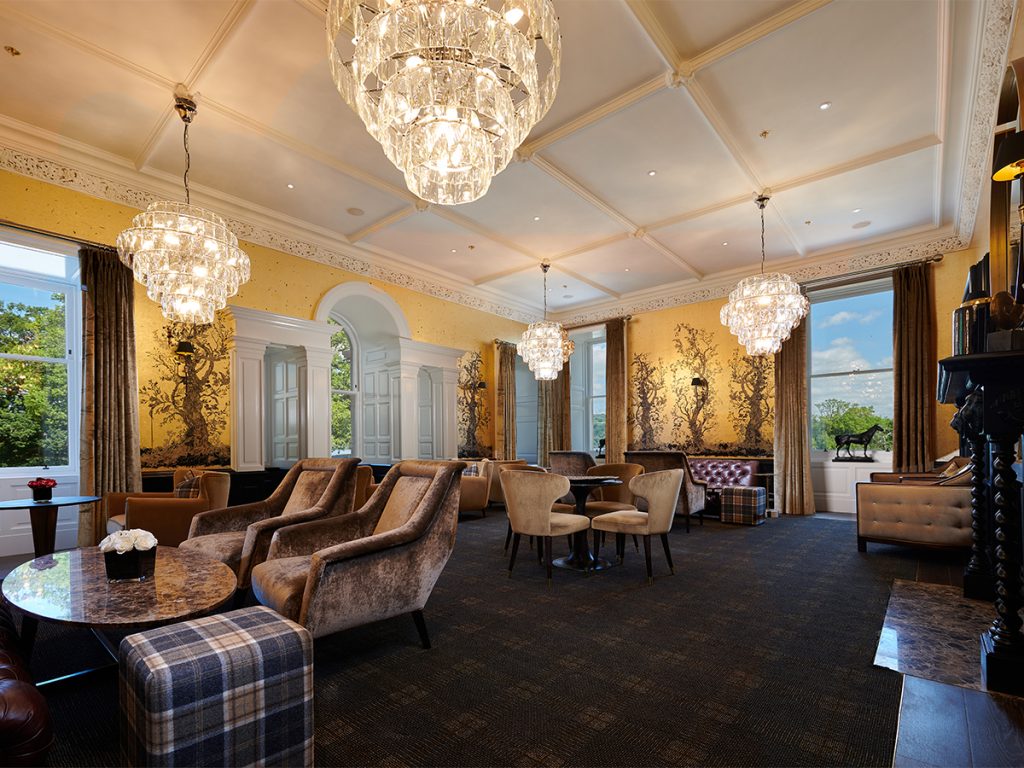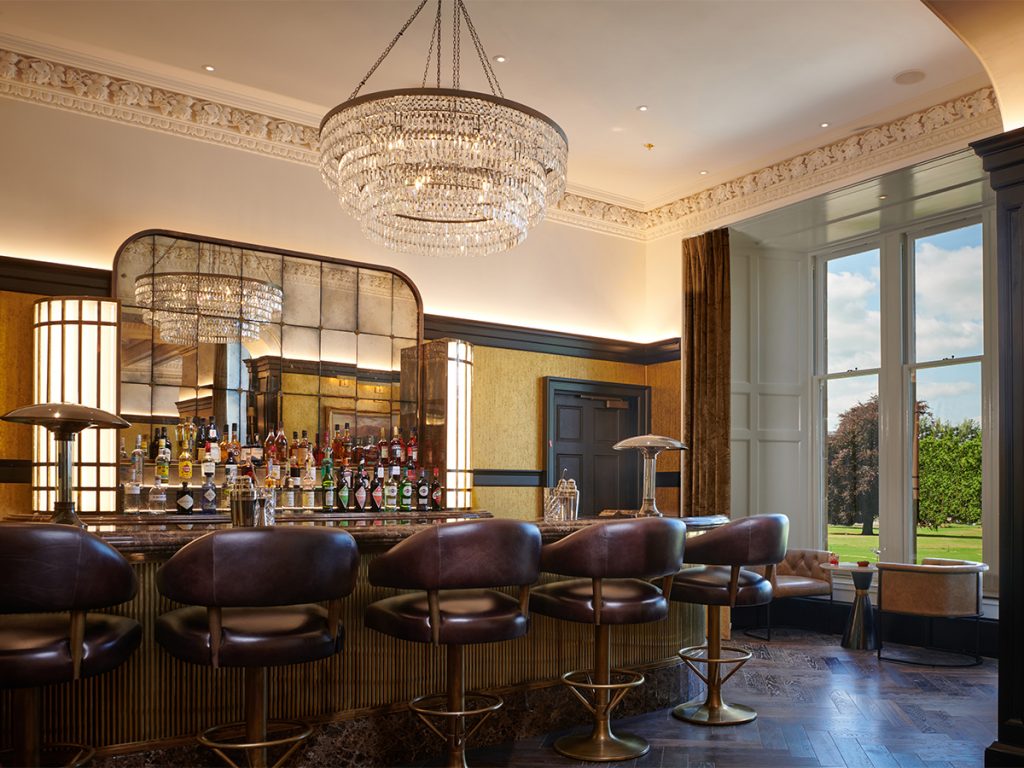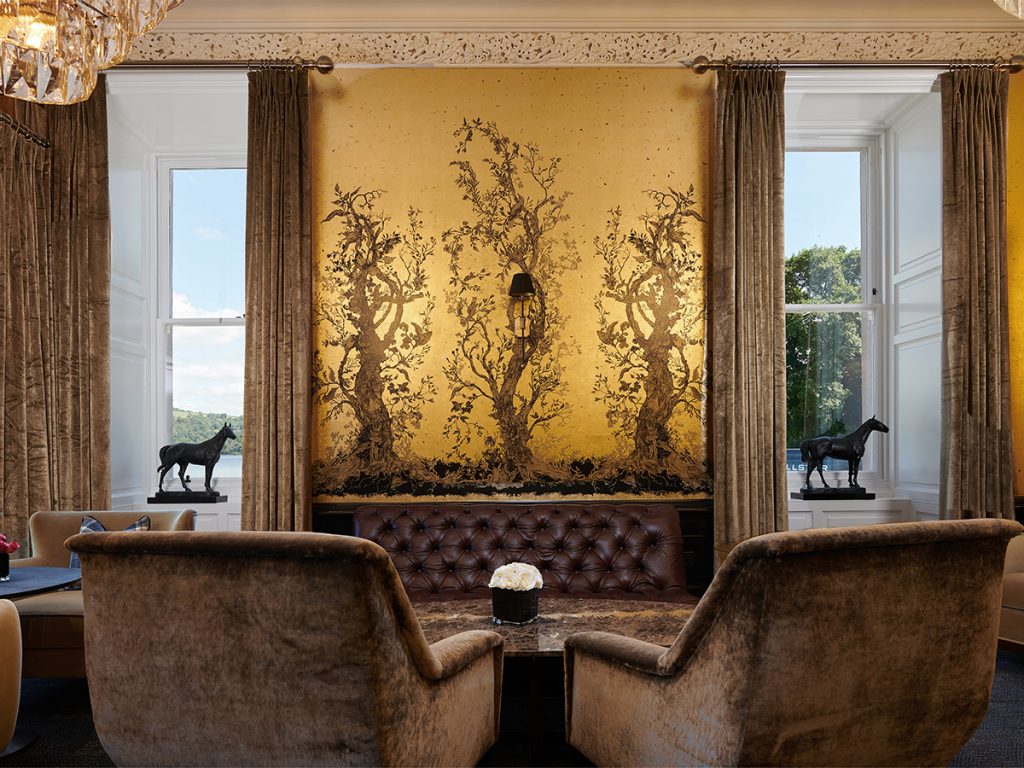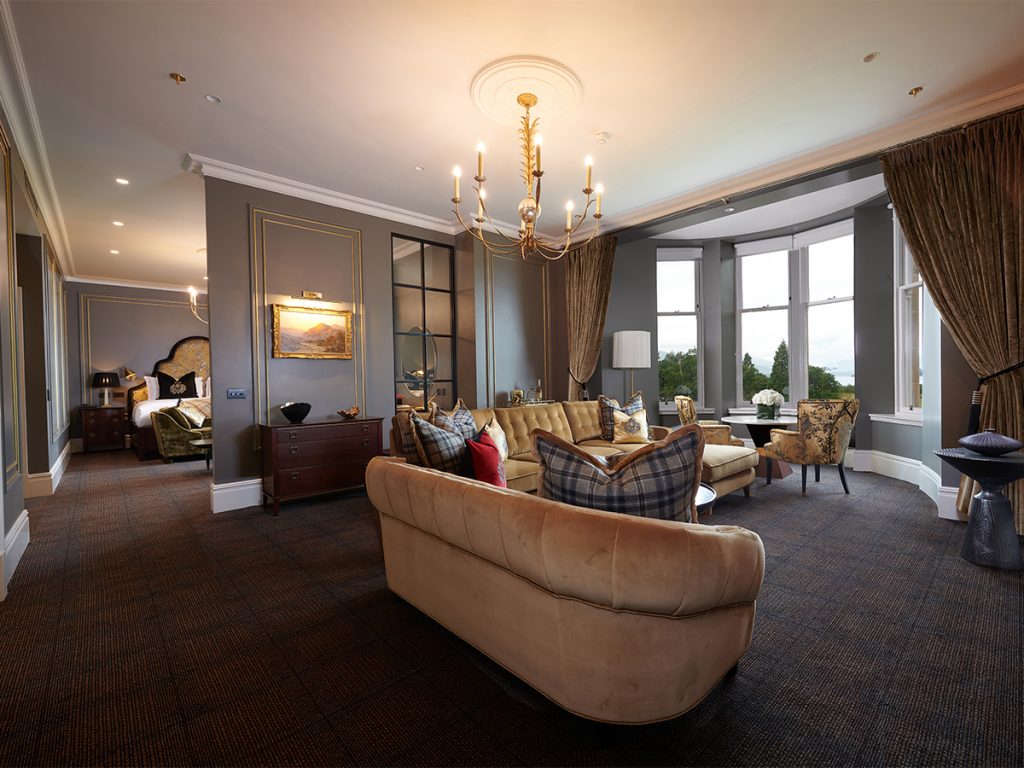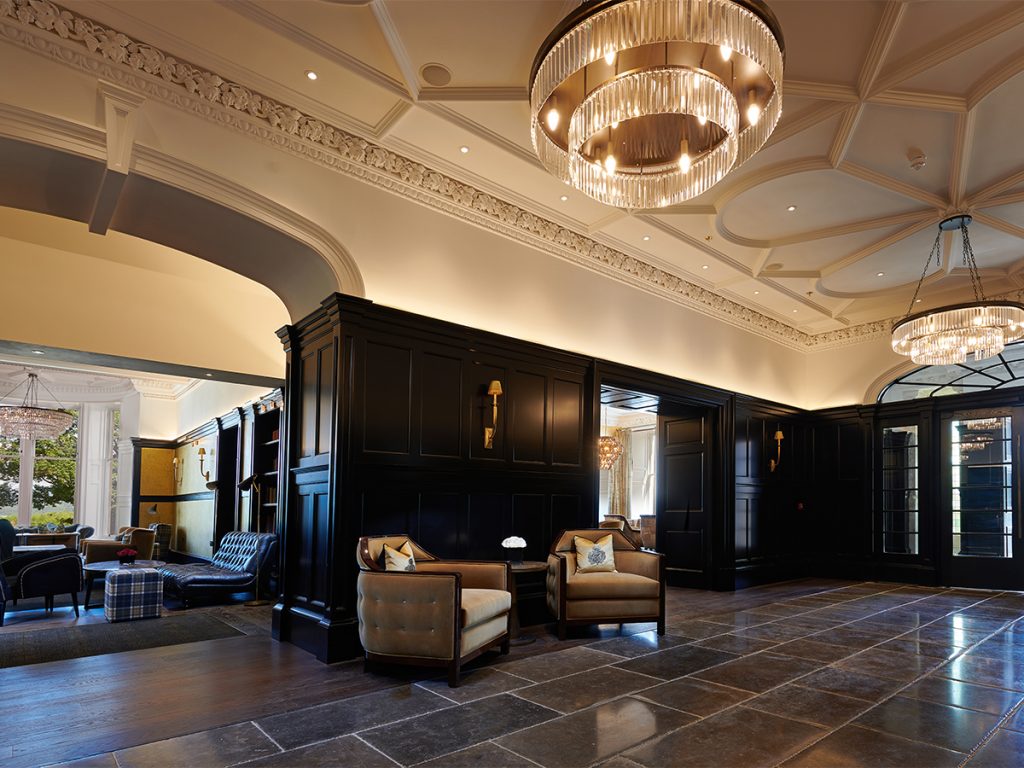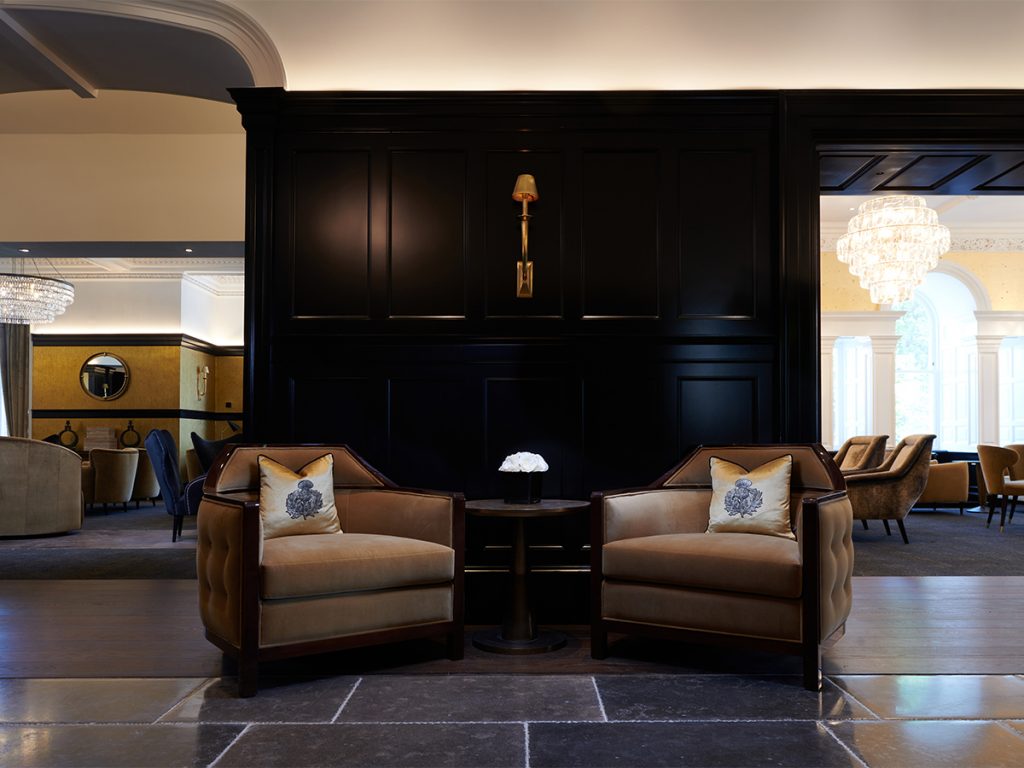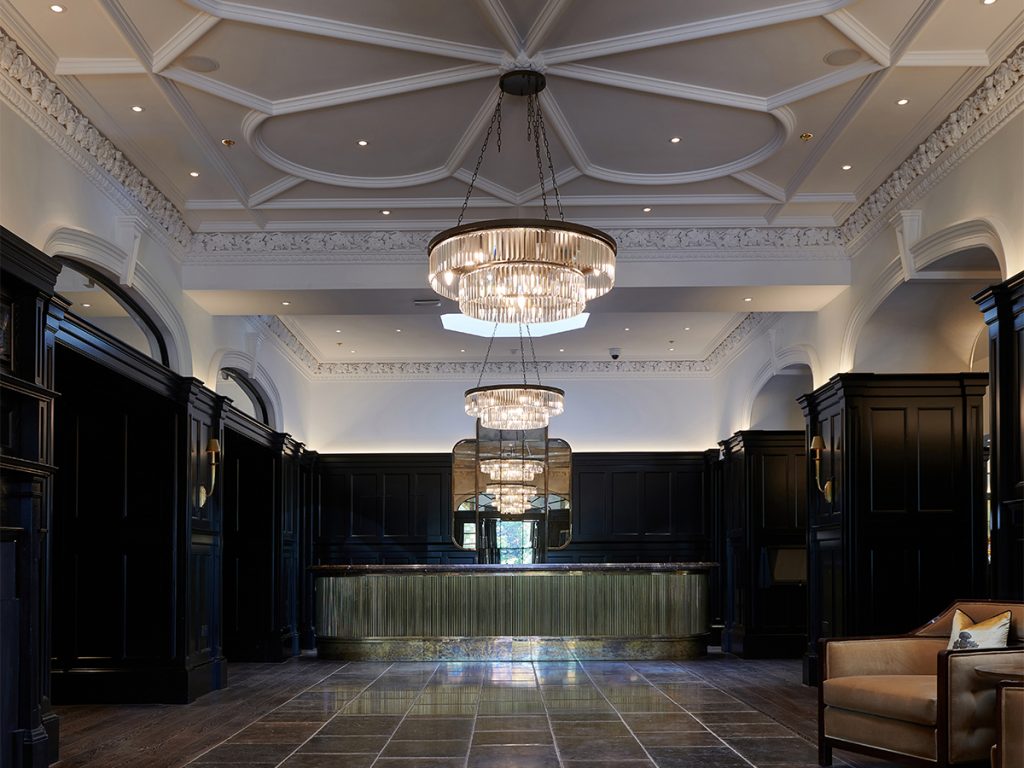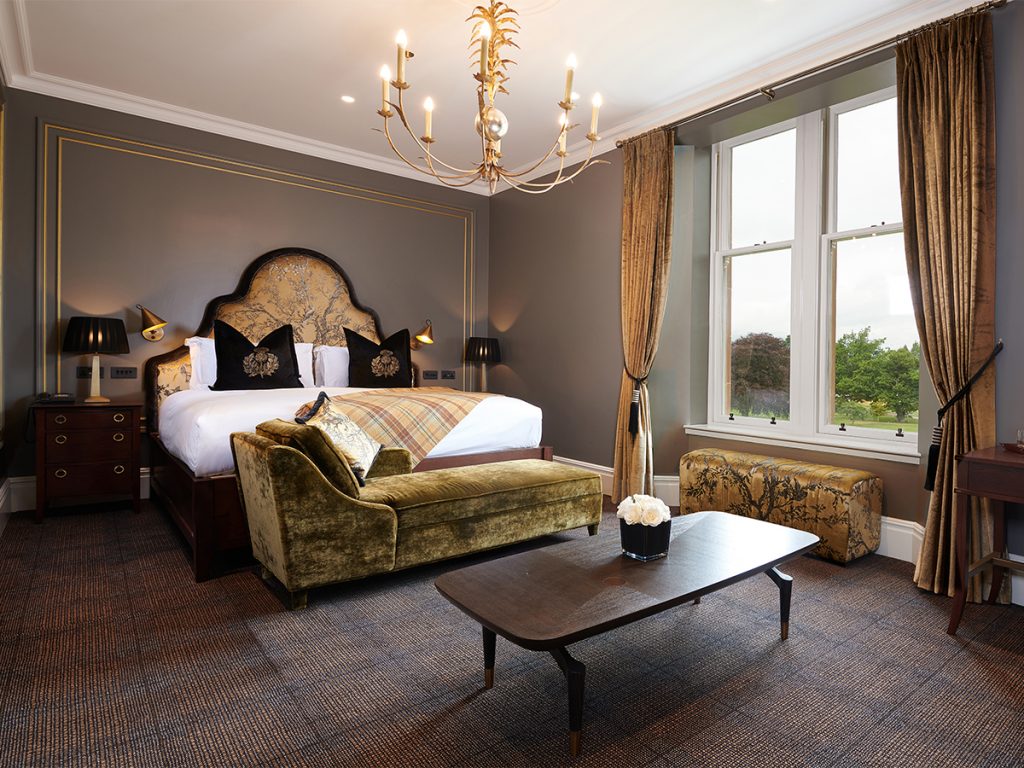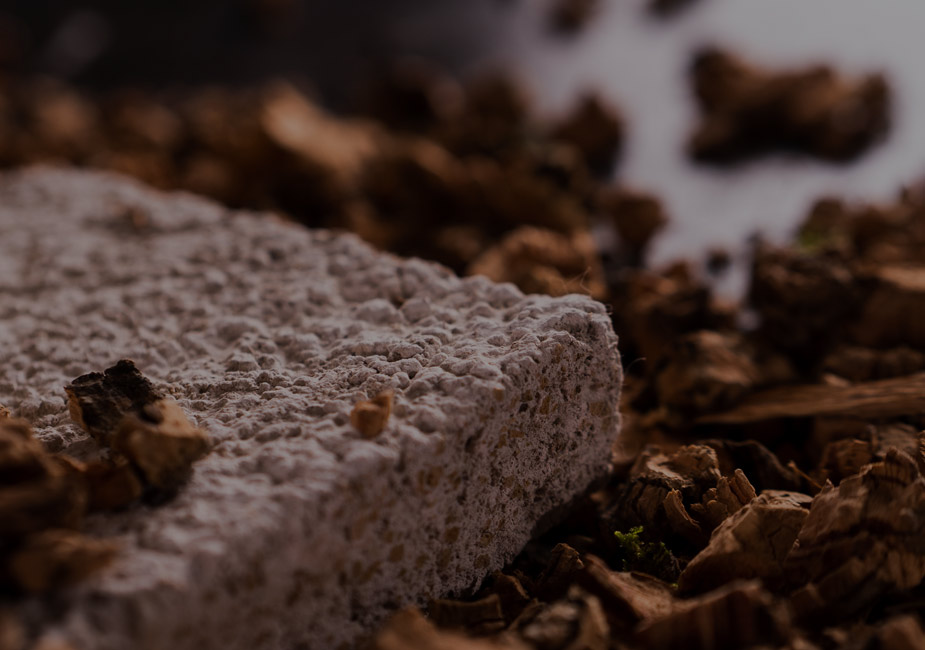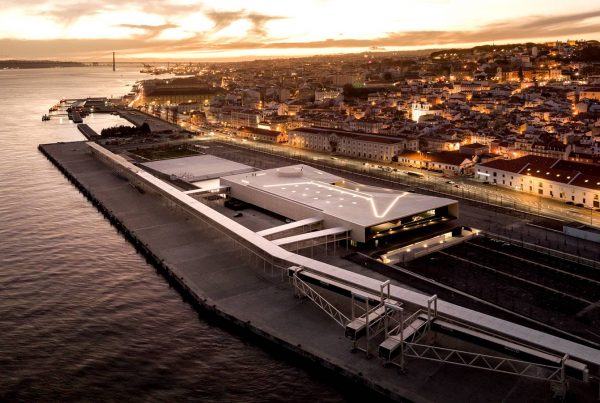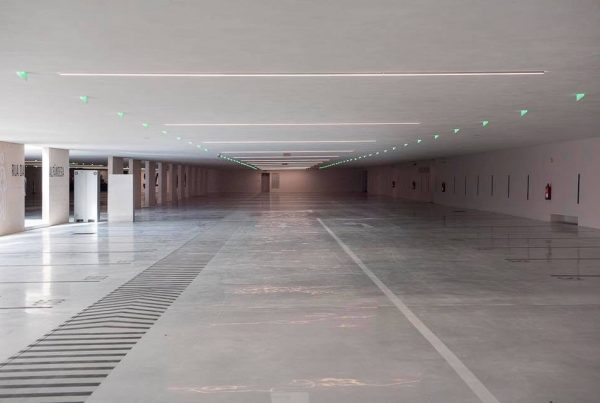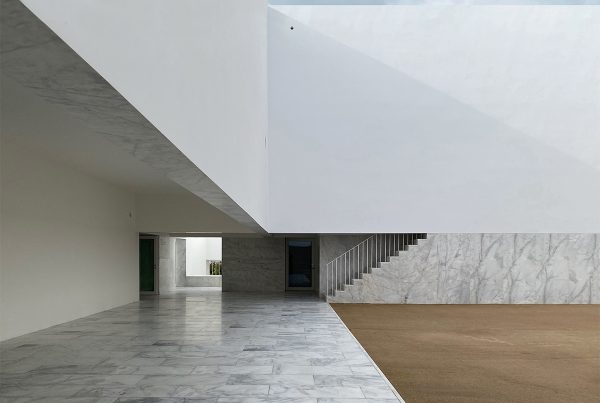The restoration of this heritage building took years of analysis, sampling and planning. The castle, dating back to 1700, is now a charming Scottish golf resort with a spa and sailing centre, rebuilt and refurbished.
Loch Lomond is one of Scotland’s thirty thousand lakes, but it stands out for its size because it is the largest lake in Britain. The misty charm of the Scottish landscape is the result of this uninterrupted and distinctive presence of water that makes unique the profile of this land with its characteristic colour pattern. The charme of an old castle reused for modern and sustainable purposes, thanks to the Mediterranean way of building that outlined its restoration, sums up the essence of the Scottish landscape in an admirable synthesis of style and beauty.

